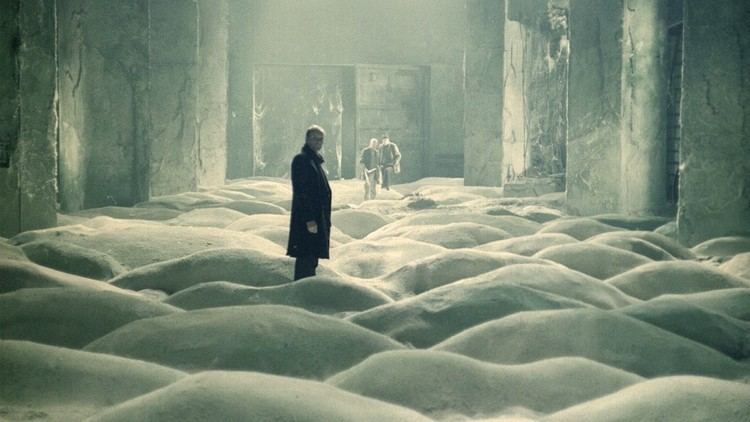 | ||
Hollywood cinema vs european art cinema
European art cinema is a branch of cinema that was popular in the 1960s. It is based on a rejection of the tenets and techniques of classical Hollywood cinema.
Contents
- Hollywood cinema vs european art cinema
- European art cinema
- History
- Differences from classical
- Notable films
- Literature
- References
European art cinema
History
European art cinema gained popularity in the 1960s, with notable filmmakers such as Federico Fellini, Michelangelo Antonioni, and Ingmar Bergman. At this time it was new to the even broader field of art cinema.
Differences from classical
The continuity editing system is not necessarily abandoned but instead is not needed. The cause and effect driven narrative, as well as the goal-oriented protagonist are also not needed. Instead, we may have the protagonist wander around aimlessly for the whole movie, with nothing of real importance happening to drive him from one activity to the other.
Classical Hollywood cinema has a narrative transitivity, in which there is "a sequence of events in which each unit follows the one preceding it according to a chain of causation; this chain is usually psychological". The 'tale over teller' mantra of the classical Hollywood cinema is closely linked to the editing form that classical Hollywood cinema takes, and the rules they impose. For example, the 180 degree rule is followed since crossing the 180 degree line will cause a disturbance or a jarring effect on the viewer, thus calling attention away from story and to the teller. Jump cuts are avoided, since they can cause an ellipsis of the spatial or temporal kind. It is the job of classical Hollywood cinema to get the audience lost and absorbed into the story of the film, so that the film is pleasurable. In contrast the task of European art cinema is to be ambiguous, utilizing an open-ended (and sometimes intertextual) plot, causing the audience to ask questions themselves whilst introducing an element of subjectivity.
Another way they differ in terms of ‘realism’ is that Hollywood classical cinema has characters in full make up all the time, even when just coming out of bed; whereas European art cinema strives for a representation of the 'truth' and may not have characters in costume or make up.
